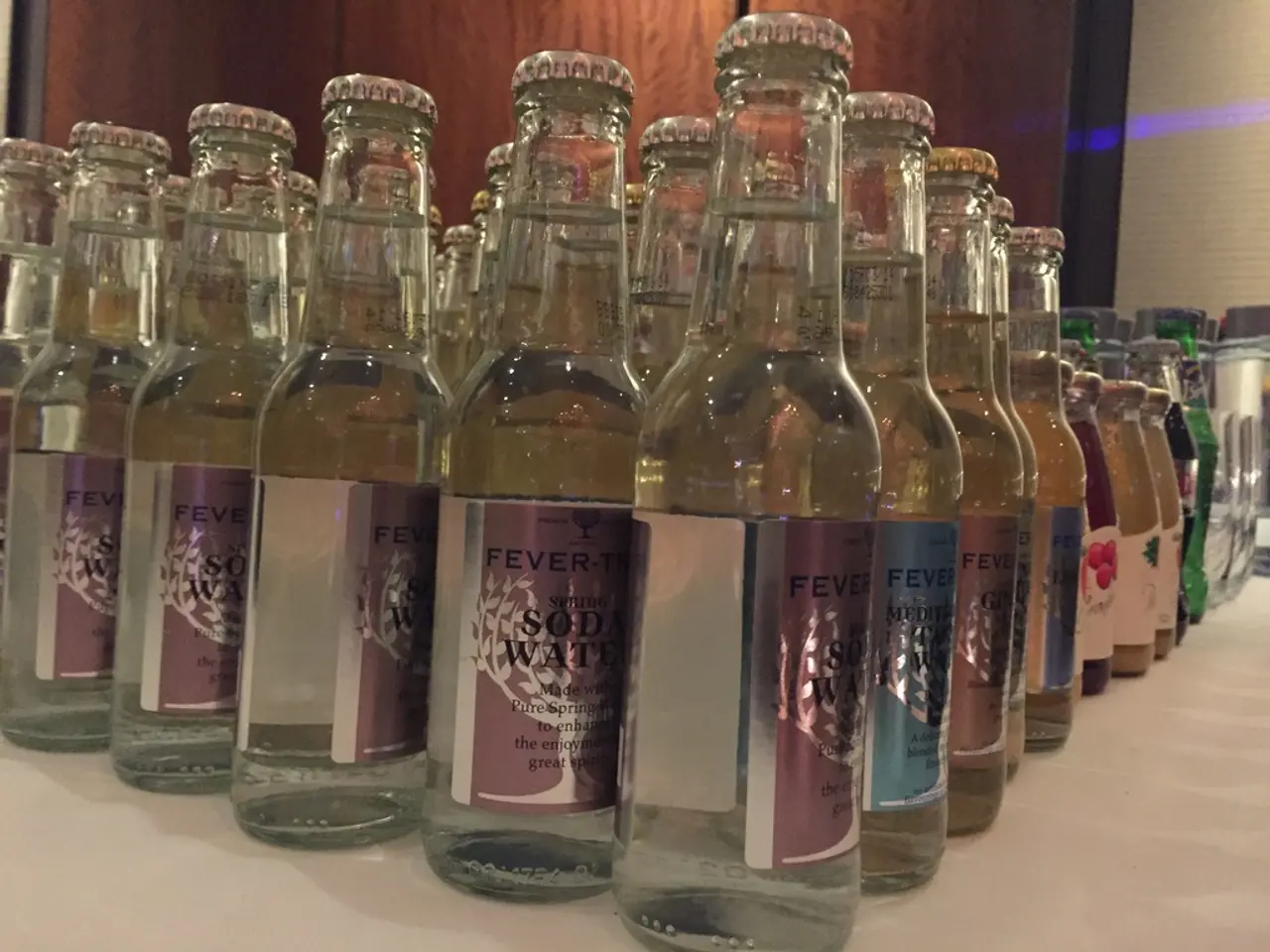Melanoma in Dark Skin: Cases, Incidence Rates, and Additional Information
Melanoma, a dangerous form of skin cancer, is more common in white people than in Black people. However, it's crucial to understand that people with darker skin are not immune to this disease. In fact, certain types of melanoma are more prevalent in darker skin tones.
One such type is Acral Lentiginous Melanoma, which commonly appears on the soles of the feet and under the nails. This form of melanoma has a higher prevalence rate in people with dark skin. Another less common type, Mucosal Lentiginous Melanoma, affects the skin that lines organs, the mouth, and throat, and is very aggressive, regardless of skin tone.
Early detection is key in fighting melanoma, and the process begins with regular self-examinations. For those with darker skin, it's important to be aware that melanoma may appear in less conventional locations, such as the soles of the feet, palms, and under nails, as dark streaks. The ABCDE rule (Asymmetry, Border irregularity, Color variation, Diameter >6 mm, Evolving changes) can also be used to evaluate moles or lesions.
Prompt dermatological evaluation is essential when any suspicious lesion is detected. This includes changes in scars, bumps, or sores that fail to heal, as darker skin cancer risk is increased in areas of skin scarring or inflammation.
Prevention measures are equally important. Despite higher melanin levels, people with darker skin can still suffer UV damage. Sun protection is essential, and avoiding peak sunlight, seeking shade, and possibly using sunscreen when exposed to prolonged sun can help reduce the risk. Awareness campaigns are also crucial, as individuals with darker skin are less often screened early and more frequently present with advanced disease.
Treatment for melanoma typically involves surgery to remove the cancerous lesion. Factors that correlate with a higher survival rate for Black people with skin cancer include female sex, earlier stage cancers, being at a younger age at the time of diagnosis, and having cancer anywhere other than the back or breast. However, Black people who have melanoma are more likely to die from it, underscoring the importance of early detection and prevention.
In summary, early detection hinges on vigilant skin monitoring with attention to typical melanoma sites for darker skin, and prevention requires sun protection and education about melanoma risk despite darker pigmentation. Regular self-examinations, the ABCDE rule, prompt dermatological evaluation, sun protection, and awareness campaigns are all crucial tools in the fight against melanoma in darker skin tones.
[1] Skin Cancer Foundation. (n.d.). Melanoma in People of Color. Retrieved from https://www.skincancer.org/prevention/sun-protection/people-of-color [2] American Cancer Society. (2020). Melanoma in African Americans. Retrieved from https://www.cancer.org/cancer/melanoma-skin-cancer/about/melanoma-in-african-americans.html [3] American Academy of Dermatology. (n.d.). Melanoma in People of Color. Retrieved from https://www.aad.org/public/diseases/skin-cancer/melanoma/people-of-color [4] American Academy of Dermatology. (n.d.). ABCDE Rule. Retrieved from https://www.aad.org/public/diseases/skin-cancer/melanoma/abcd [5] Mayo Clinic. (2020). Melanoma in African Americans. Retrieved from https://www.mayoclinic.org/diseases-conditions/melanoma/in-depth/melanoma-in-african-americans/art-20048188
- While melanoma is more common among white people, it's essential to remember that people with darker skin are not immune, and some types, like Acral Lentiginous Melanoma, are more prevalent in darker skin tones.
- Despite the higher melanin levels in darker skin, it can still be susceptible to UV damage, necessitating sun protection and avoiding peak sunlight.
- Science and health-and-wellness advocates suggest using sunscreen when exposed to prolonged sun, in addition to seeking shade, to help reduce the risk of melanoma.
- Raceandmentalhealth experts assert that individuals with darker skin are less frequently screened early, leading to more advanced disease presentation, highlighting the importance of awareness campaigns.
- CBD, a non-psychoactive compound found in cannabis, is being researched for its potential anti-cancer properties in melanoma and other medical-conditions.
- Pros of regular skincare, such as self-examinations, the ABCDE rule, prompt dermatological evaluation, and sun protection, can help in the early detection and prevention of melanoma, which is crucial for higher survival rates in people of all races and skin tones.




